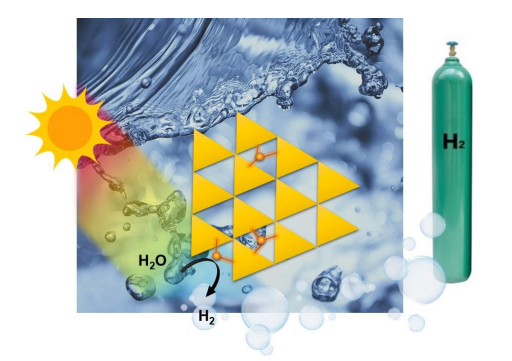Nanoengineering of active sites in carbon nitride for single-atom heterogeneous photocatalysis

The dynamic development of civilization and the fight against increasing environmental pollution along with global warming are opposing directions that are often impossible to reconcile. Chemical technologies, especially those related to fuel production, urgently need to be improved. It is necessary to look for new environmentally friendly solutions in the spirit of sustainable development but also economically viable. The project entitled “Nanoengineering of active sites in carbon nitride for single-atom heterogeneous photocatalysis” is aimed at searching for such solutions.
Catalysts are commonly used for the technological processing of raw materials, thanks to which chemical reactions take place faster and at lower temperatures, thus using less energy. However, these processes usually require heating, which consumes electricity. If we carry out the process photocatalytically, we only need light energy to power the process! If we use solar radiation for this purpose, this technology is not only cheaper but also more environmentally friendly. Unfortunately, currently known photocatalysts are still inefficient, and most operate mainly under the influence of UV light, of which only about 4% is in the solar spectrum.
The project aims to produce and study the latest class of materials – separated single metal atoms located on a semiconductor matrix – to indicate their potential application, which can later be used in industry. Carbon nitride was chosen as the semiconductor, as it is activated by visible light, but without additional modifications, it is too ineffective. However, it is characterized by an ordered chemical structure with places where individual metal atoms can be located and stabilized. These metals can accumulate solar energy converted by the semiconductor and use it to carry out chemical reactions on the molecules adsorbed to them. Working on an atomic scale not only enables lower consumption of metal as a raw material (low costs) but also enables the use of new properties that occur only in such systems. This kind of material is promising for inter alia fuel production technology.

